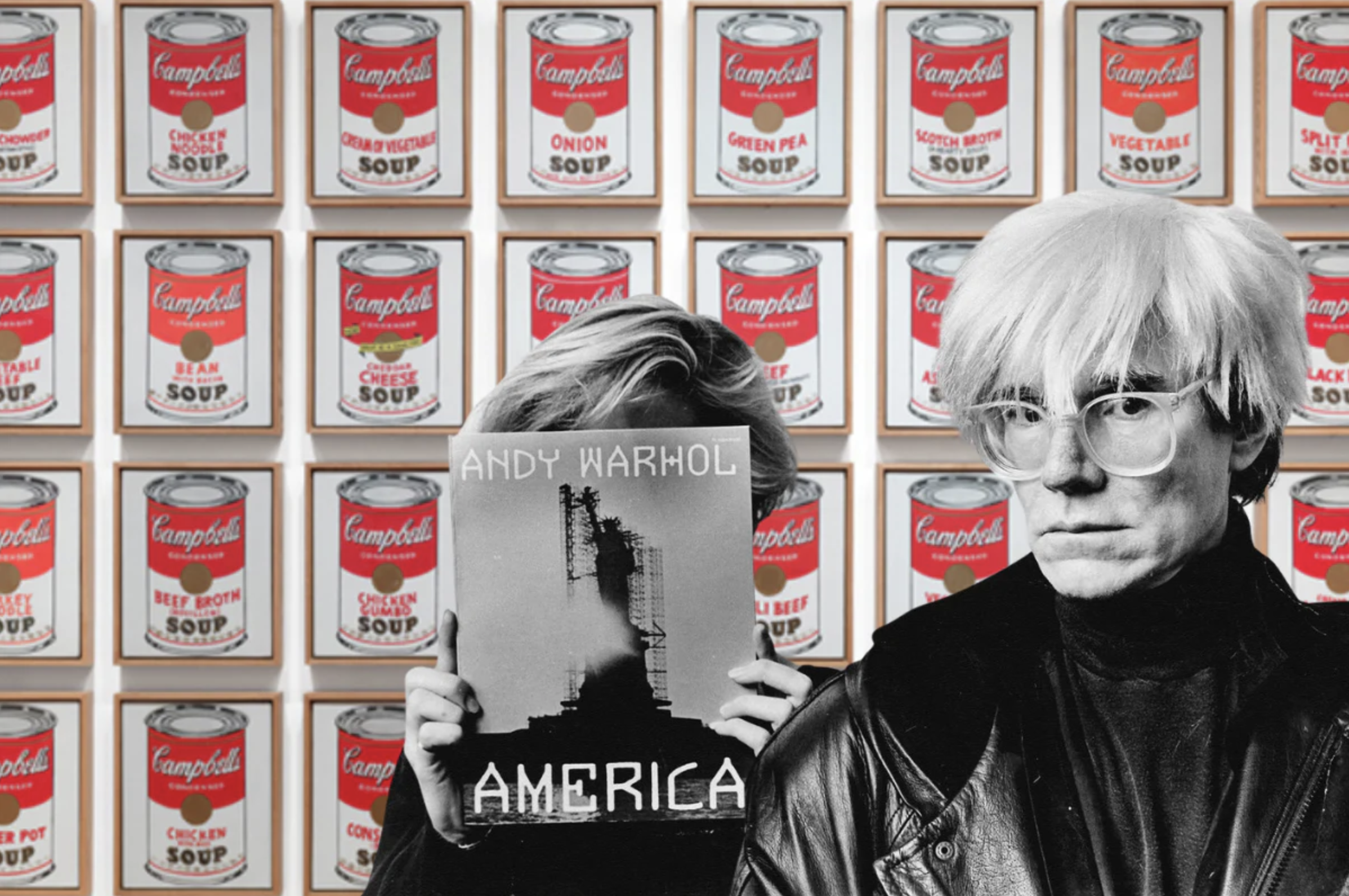Andy Warhol, an icon of the Pop Art movement, revolutionized the art world with his unique approach to mass production, challenging traditional notions of talent and the balance between quality and quantity. As we delve into Warhol’s legacy, we are confronted with intriguing questions about the nature of art, creativity, and the ethics of artistic production.
Warhol’s embrace of mass production techniques, such as silkscreen printing, transformed art into a commodity accessible to the masses. Through his famous works like the Campbell’s Soup Cans (pictured above) and Marilyn Monroe portraits, Warhol blurred the lines between high and low culture, elevating everyday objects and celebrities into the realm of fine art. His use of repetition and standardized techniques challenged the romantic notion of the solitary artist, emphasizing instead the role of the factory and the assembly line in the creation of art.
However, Warhol’s approach raises ethical considerations about the exploitation of other talents. His Factory studio was a hub of creativity, where Warhol collaborated with a diverse array of artists, musicians, actors, and writers. While Warhol himself gained fame and fortune, many of his collaborators remained in the shadows, their contributions often overlooked or undervalued. This prompts us to question the power dynamics inherent in artistic collaborations and the ethical responsibilities of artists towards their collaborators. Moreover, Warhol’s emphasis on mass production and quantity over quality challenges traditional notions of artistic excellence. Critics argue that Warhol’s prolific output diluted the significance of individual works, leading to questions about the intrinsic value of art in a world inundated with reproductions. Does the sheer quantity of Warhol’s work diminish its quality, or does it redefine our understanding of artistic merit in the age of mechanical reproduction?
In contemplating Warhol’s legacy, we are compelled to reconsider our assumptions about talent, originality, and the role of the artist in society. While Warhol’s mass-produced art may seem to prioritize quantity over quality, it also democratized the art world, making art more accessible and inclusive. Yet, we must remain mindful of the broader implications of mass production on artistic integrity and the livelihoods of other creative individuals.
Ultimately, Warhol’s legacy reminds us of the complex interplay between art and commerce, individual talent and collective creativity, and the enduring quest for authenticity in an age of mass reproduction. As we navigate these intricate themes, we are challenged to critically engage with the ever-evolving landscape of art and culture, questioning established norms and forging new paths towards innovation and expression. In our digital age, Warhol’s legacy takes on new significance as technological advancements further democratize the creation and distribution of art.
Now, with the proliferation of digital platforms, social media channels, and artificial intelligence (AI) we are presented with both opportunities and challenges, raising important questions about authenticity, originality, and the commodification of outputs of any kind in an increasingly interconnected world.
